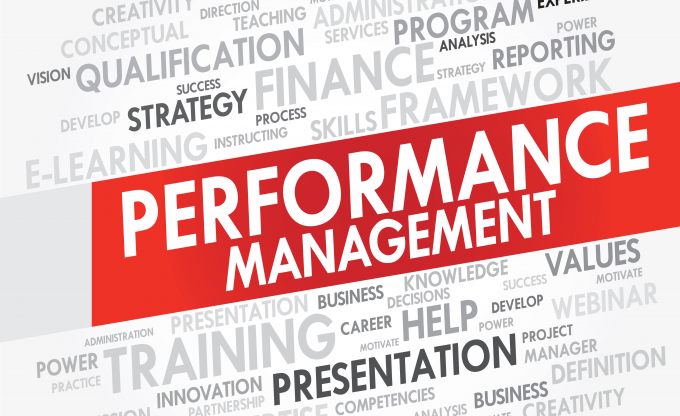
By Roxi Hewertson
 Too often people find themselves leading others without the right experience or training. And too often people assume they and others can and will figure it out as they go. While they are ‘figuring it out’, if they actually do, a lot of damage can be done to their people and the business’s results.
Too often people find themselves leading others without the right experience or training. And too often people assume they and others can and will figure it out as they go. While they are ‘figuring it out’, if they actually do, a lot of damage can be done to their people and the business’s results.
Some beliefs seem to have incredible staying power and are completely upside down and just plain wrong. When we cling on to these beliefs as leaders, we do so at our own peril. Here are four common leadership myths that are surprisingly alive and well in the workplace today.
Myth 1.
If you are a star performer in your field or discipline, you will surely be a star leader of others. From the day we were born, all the applause has been about “what I have done well,” not “what we have done well.” The exception is teamwork within or outside your family. The skills, attributes and even motivations required to lead people successfully are entirely opposite from those required to be a successful individual contributor. Consider this: if the roles and skills weren’t so opposite, it would be a walk in the park for someone to move seamlessly from being a great violin player to being a great conductor. Leading others is an emotional and intellectual seismic shift that will quickly separate effective leaders from ineffective ones. Making the transition from being an individual contributor to being a leader can seem as difficult as swimming from New York to London alone, without a life jacket.
Myth 2.
Emotions should be left outside the workplace. Leading people is messy! People are, and will always be, unpredictable. Each person is unique, and that means leading people is complex, fun, interesting, frustrating, and yes, messy. Life happens, and it’s full of triumphs and tragedies, any of which can happen to any of us at any time. We can’t predict surprises! Leaders have to be ready for just about anything and everything. Like it or not, every person brings their emotions to work. People are 24-hour thinking-feeling creatures. They can and often do behave differently from our preconceived perceptions and/or assumptions about them. Our values drive our decisions, which generates emotions that often show up in our behaviors. It’s a knee bone connected to thigh bone kind of thing! Emotions are contagious; we catch flyby emotions more quickly than we catch a cold. The idea that we can keep emotions out of the workplace is a lot of bunk. Besides, we want people to feel when it suits us, right? We want them to be loyal, grateful, ethical, engaged, and kind to the people they work with and for. It’s just the inconvenient feelings that we would like people to leave at the door. It doesn’t work that way. We all bring our 24-hour, lifelong selves into work, like it or not.
Myth 3.
The best way to make changes is from the top and expect your people to get on board. The painful truth is, change efforts fail in every organization about 70 percent of the time, and for some that’s on a good day. The status quo has a powerful, almost surreal stranglehold on people and organizations. We think and say we are open to new ideas and changes, but it’s often not true. And the number one reason change efforts fail is because people resist them. That’s because our life experiences have shown us that too many people with authority over our work lives make lousy decisions based on lousy information ending up with lousy results.
Myth 4.
Being really smart and/or well-educated is all that really matters. Not even close. It is not enough to be really, really, smart. Emotional intelligence matters a heck of a lot – more even than IQ, particularly if you want to have healthy and productive relationships. Bad and ineffective leaders can create a lot of damage. Good and effective leaders can accomplish incredible feats with their followers. If no one is following you, you aren’t leading! You can manage all kinds of tasks that might involve schedules, money, projects, budgets, and so on, and yet everything you do with your staff and other stakeholders involves relationships. How well those relationships work has a lot to do with how much TRUST is at the center of them and that has everything to do with EQ not IQ.
Leading well is both an art and a science that really effective leaders know is a continuous learning journey. There are lots of ways to learn how to lead well, and getting past the mythology is one of those ways.
Leadership authority Roxi Bahar Hewertson, CEO of Highland Consulting Group, Inc. and AskRoxi.com, brings over three decades of practical experience in the worlds of business, higher education and non-profits. She is an entrepreneur, consultant, speaker and author of the acclaimed book, “Lead Like it Matters…Because it Does” (McGraw-Hill) (www.tinyurl.com/leadlikeitmatters), which provides leaders with a step-by-step roadmap and practical tools to achieve great results.
Published by Conselium Executive Search, the global leader in compliance search.

